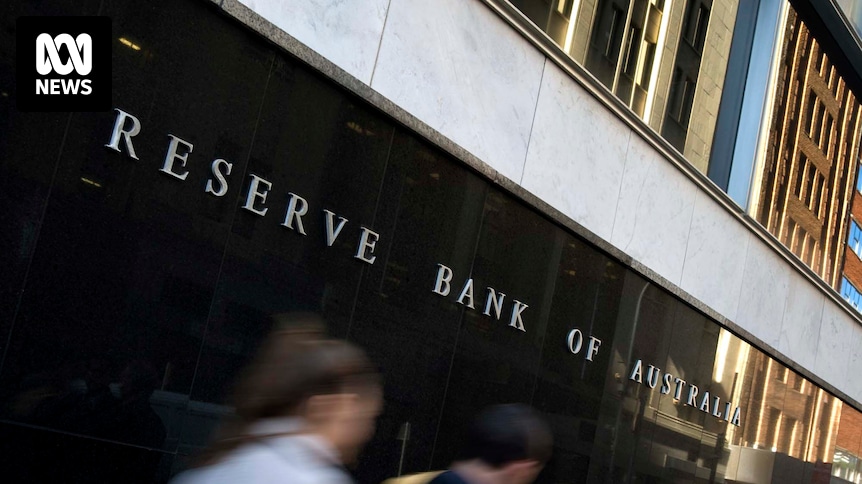Rabobank global strategist Michael Every is an out-of-the-box thinker, as such it’s not surprising he has broad and sometimes niche reading tastes.
In today’s daily note, he quotes from two such analyses of Donald Trump’s tariff policies, one from the political right and the other from the left.
“Those who passionately support free trade everywhere and all the time, without qualification, tend to belong to three groups: neoclassical academic economists, libertarian ideologues, and utopian Cobdenite and Wilsonian believers in world peace through economic interdependence,” Lind argues.
The other is from Australian heterodox economist Steve Keen, still perhaps most famous for walking to the summit of Mount Kosciusko based on losing a bet about a housing crash in Australia during the global financial crisis.
“Like [Trump economic advisor Stephen] Miran today, [John Maynard] Keynes argued that export surplus countries benefited from that surplus in terms of investment and growth levels. Like Miran, and unlike [Larry] Summers and [Warren] Mosler, Keynes saw export surplus countries as being the winners from trade imbalances. But he came up with a scheme to limit both surpluses and deficits, and which could have financed Third World development at the same time,” Keen writes on X.
“He proposed at the Bretton-Woods meeting in 1944, but he was defeated by the most influential member of the American delegation, Harry Dexter White.
“We all know White’s scheme: use the US$ for international trade, and guarantee convertibility of the dollar into gold at US$35 an ounce. That jalopy crashed in 1971, when the one of the many fundamental problems with its design—persistent US trade deficits and persistent surpluses for other countries—forced the breaking of the “Gold Standard”.
“We’re living in the wreckage of the jalopy’s second crash, after more than four decades of floating exchange rates have not delivered the balanced trade that the advocates of free trade and floating exchange rates promised.
“The Trump Administration is currently trying to right the fundamental problem—persistent trade deficits for the USA and persistent surpluses for other countries—by patching White’s jalopy up once again. A better way would be to rebrand Keynes’s proposal to limit trade imbalances as its own. In my explanation below, I’ll use the name that Keynes suggested for his international exchange token, the “Bancor”. But it could just as easily be called the Trump.
“In place of using a national currency for international trade, Keynes proposed a token he called the Bancor, which would be transacted through national accounts at an “International Clearing Union” (ICU).”
Through accounts at this clearing union both large debtor countries (running big, persistent trade deficits) and large creditor countries (running big, persistent surpluses) would be punished, with interest charged on excess debts and credits.
“Both these articles are calm, nuanced, and raise important big-picture arguments on trade. These are sadly lacking in most mainstream and financial press coverage of this emotional topic.”
If you want to read more, both articles are interesting, although understanding Steve Keen’s post in particular benefits from some foundation in economics.
